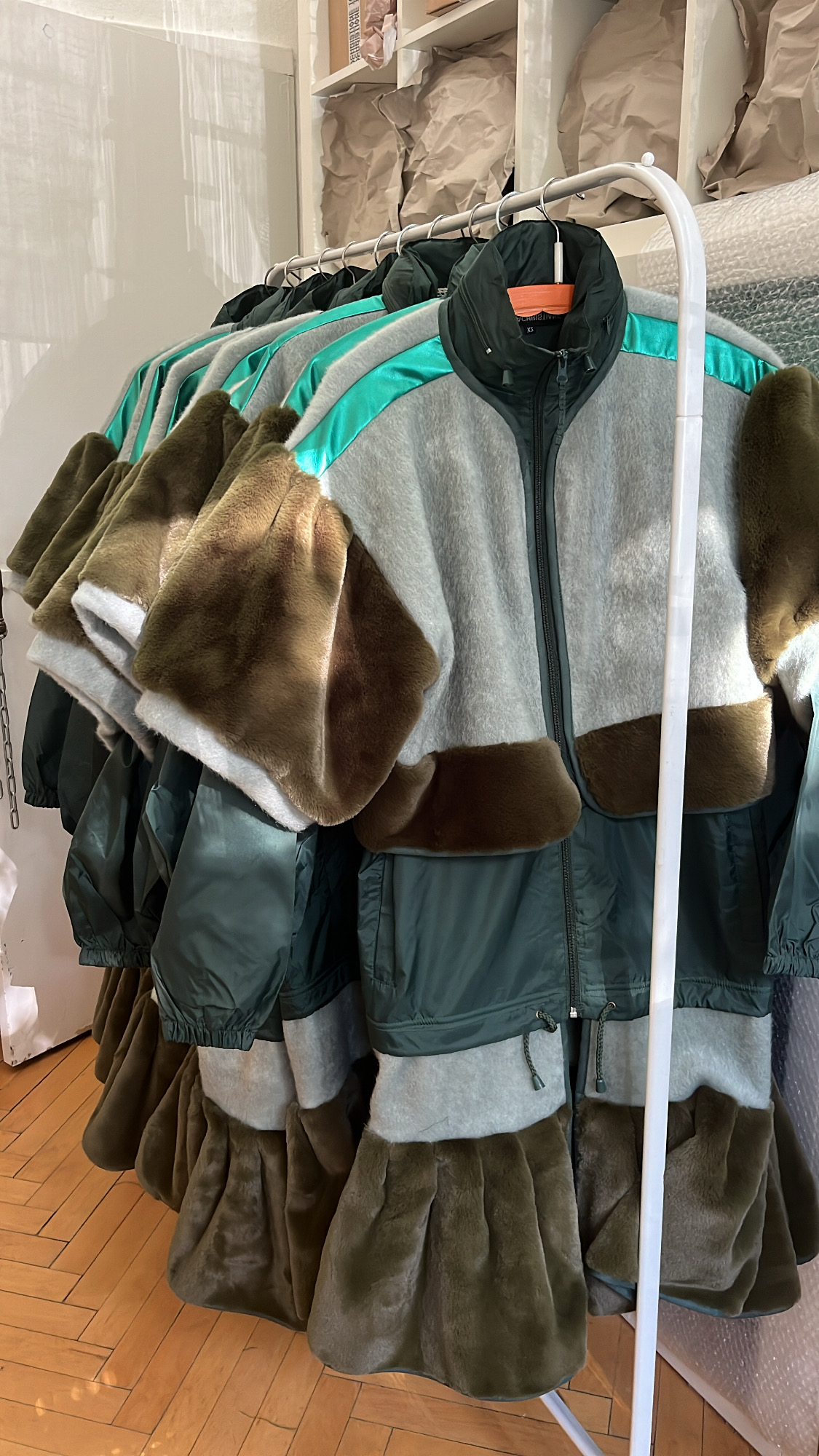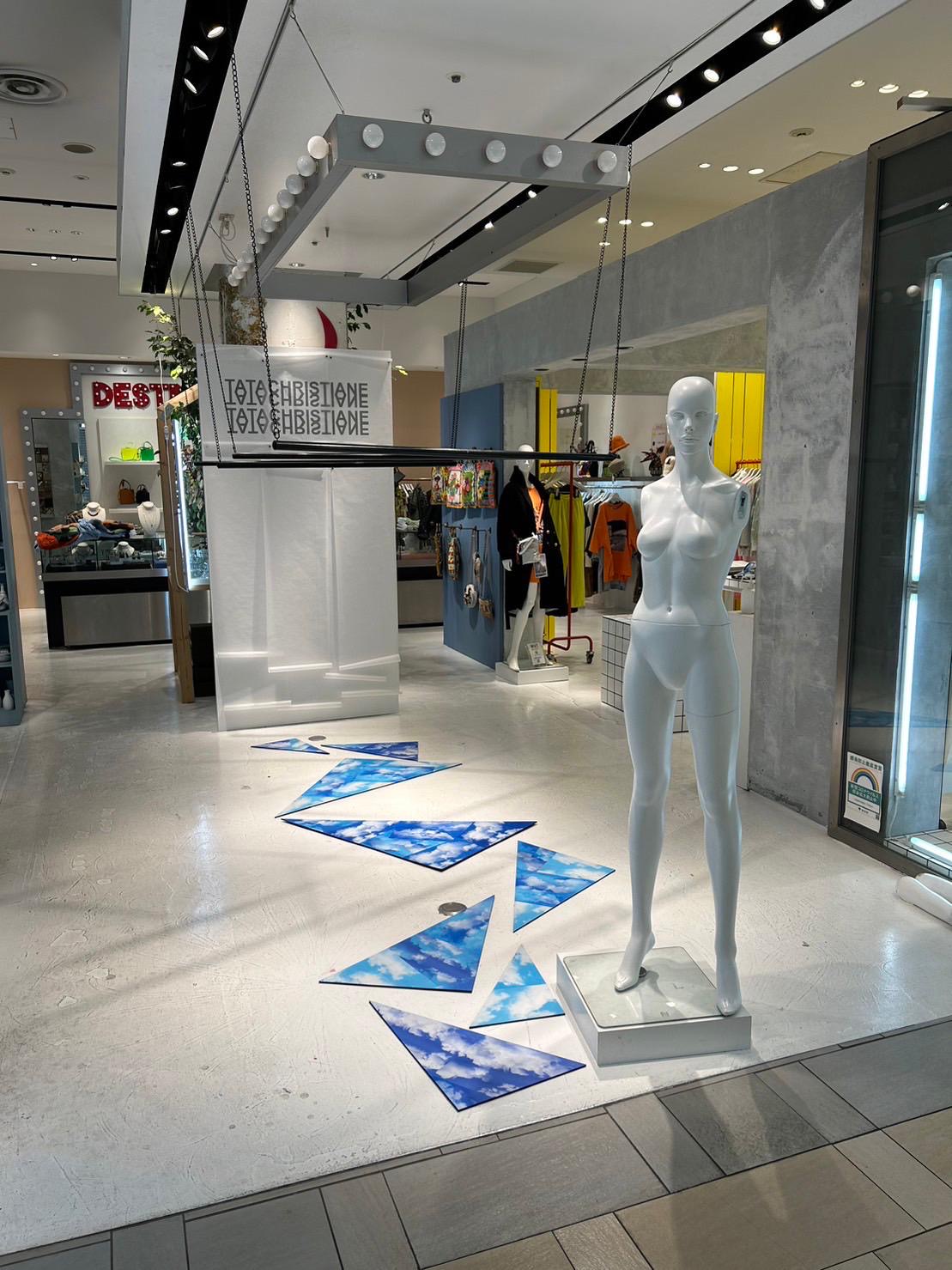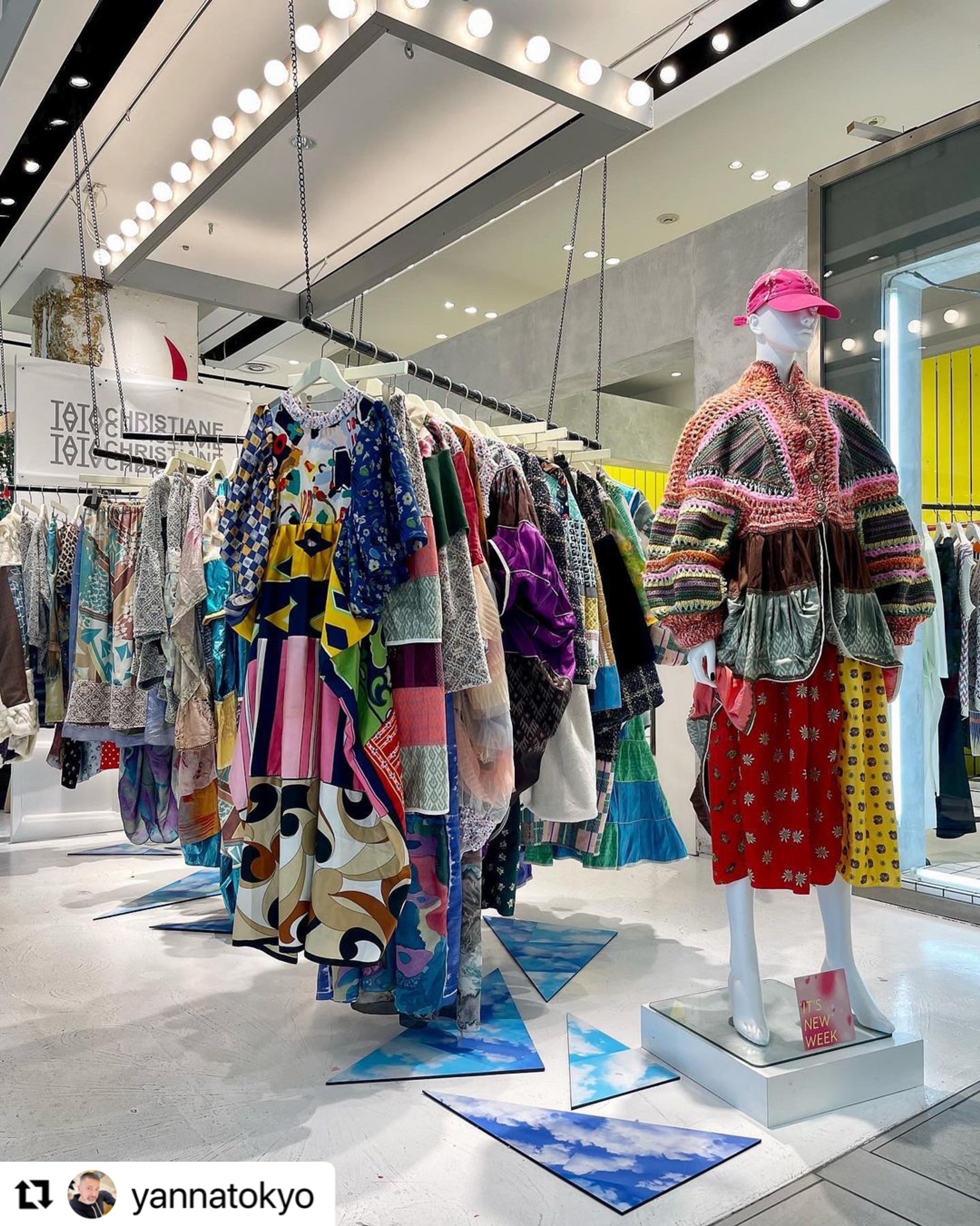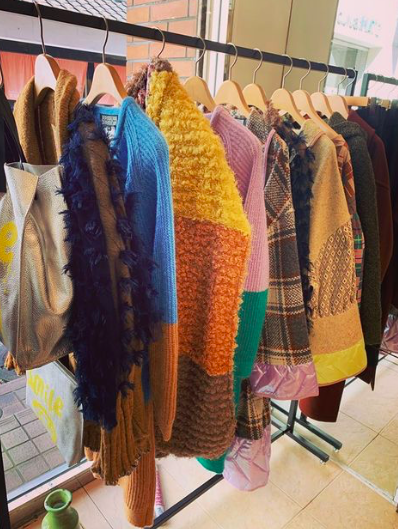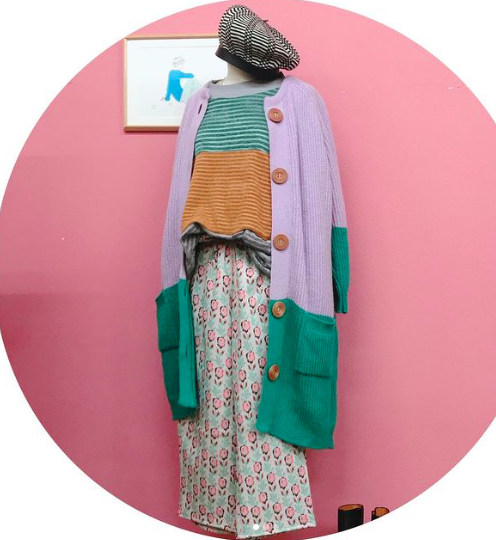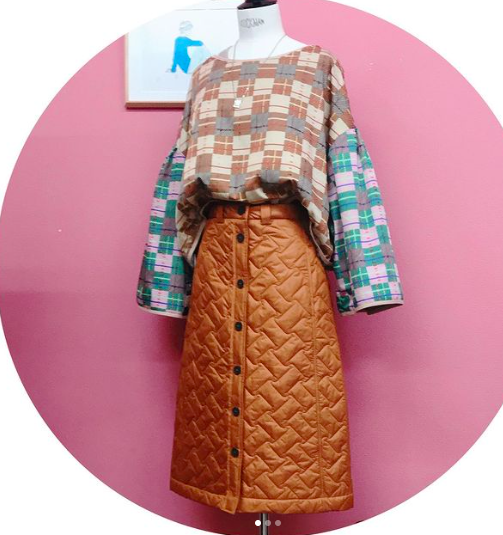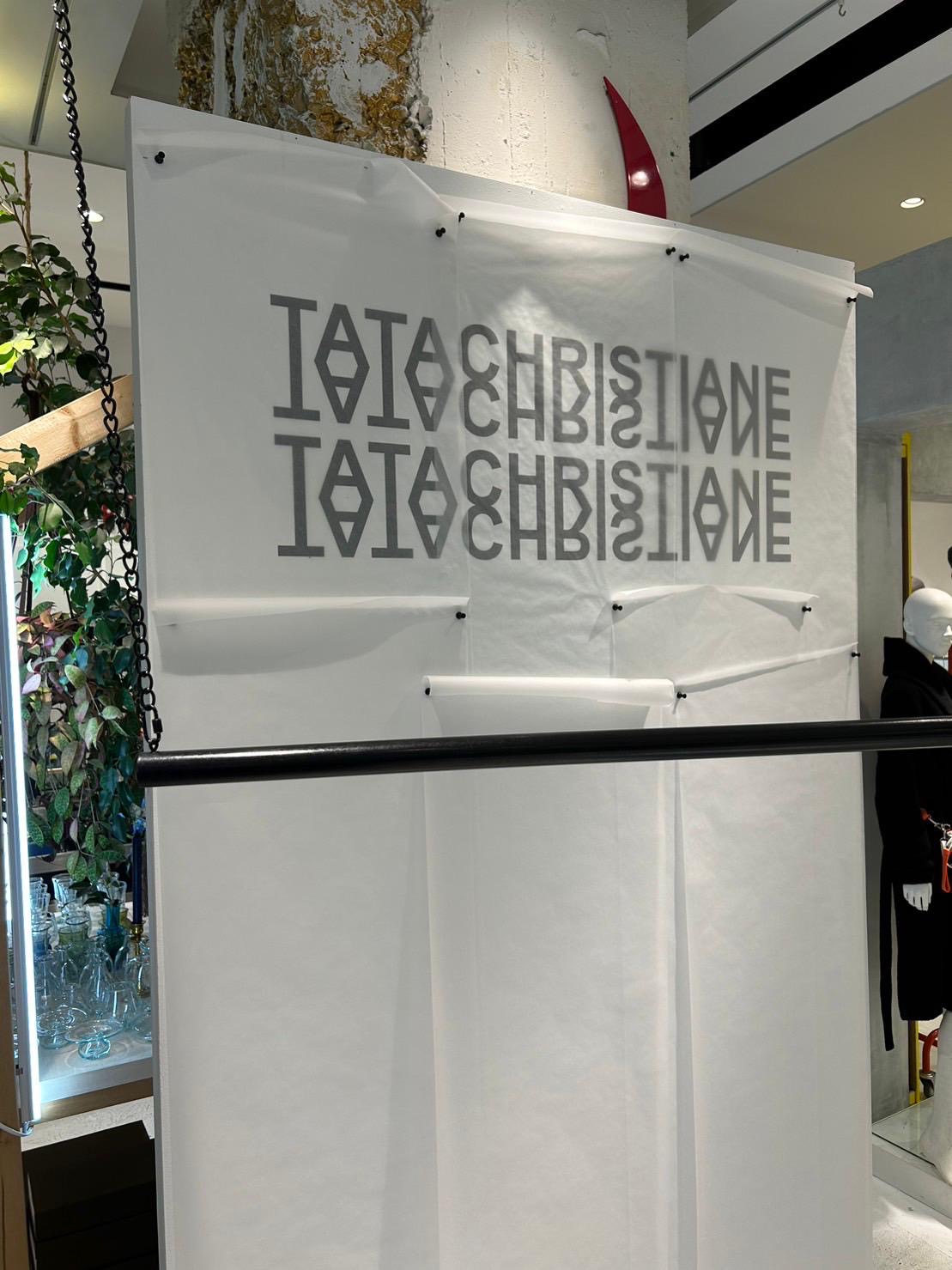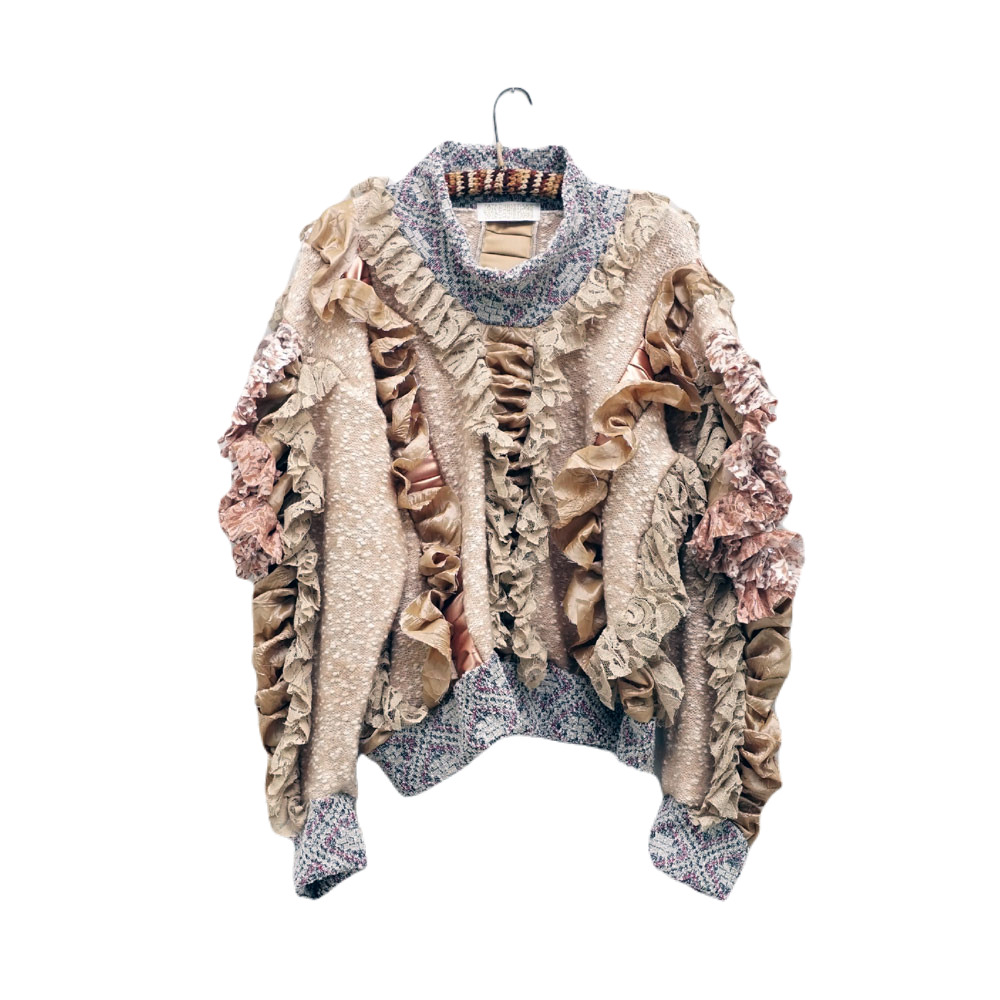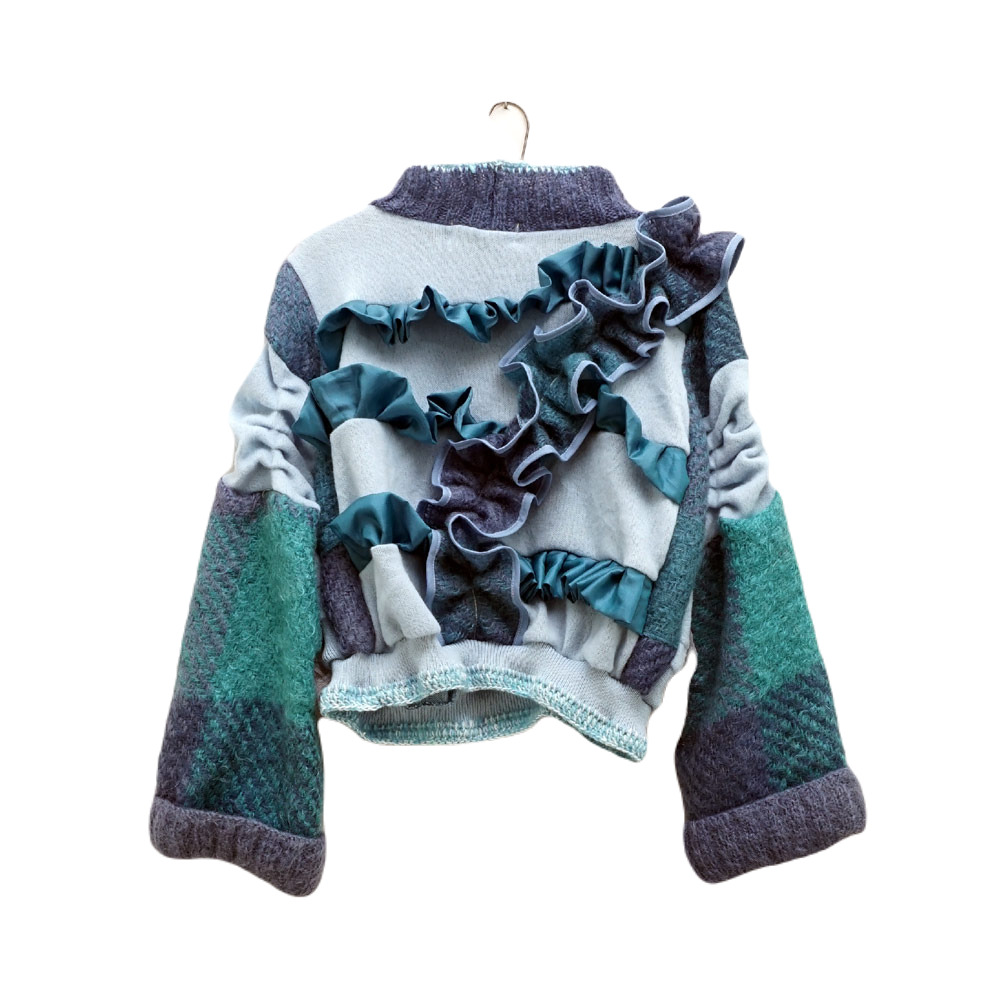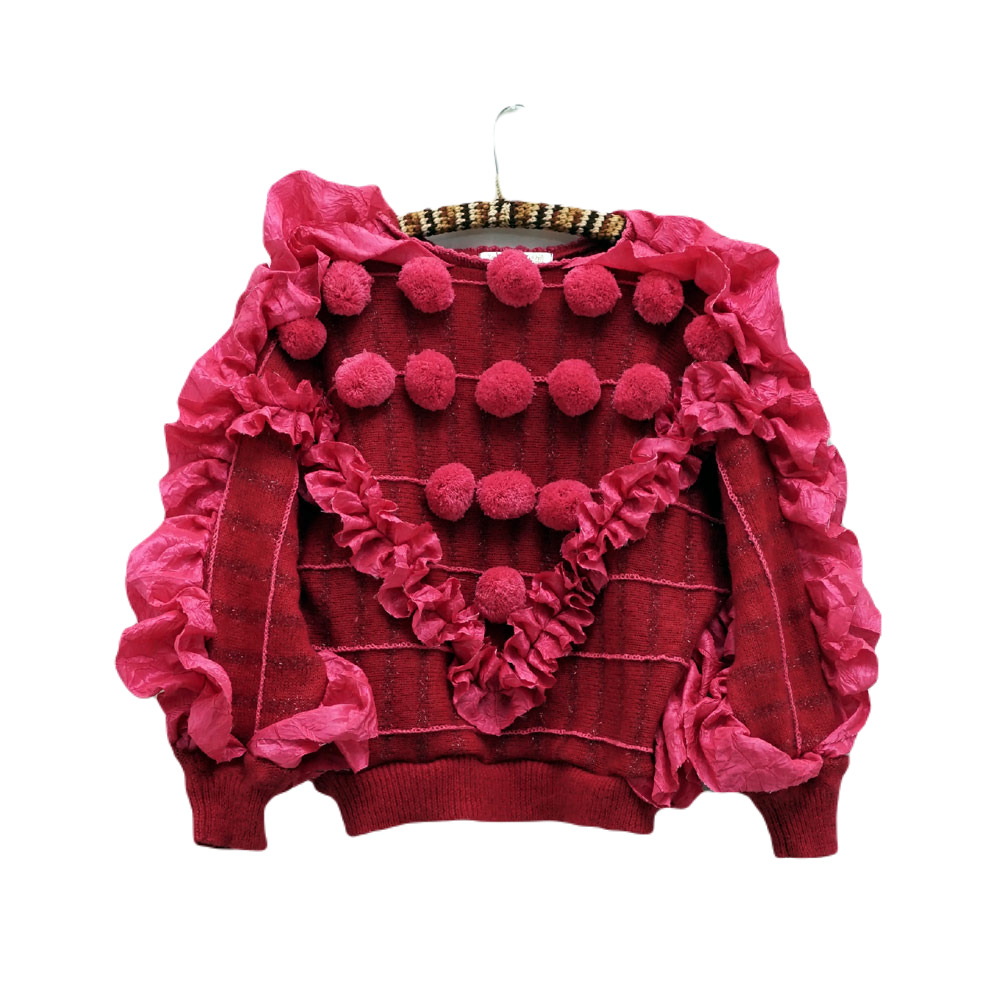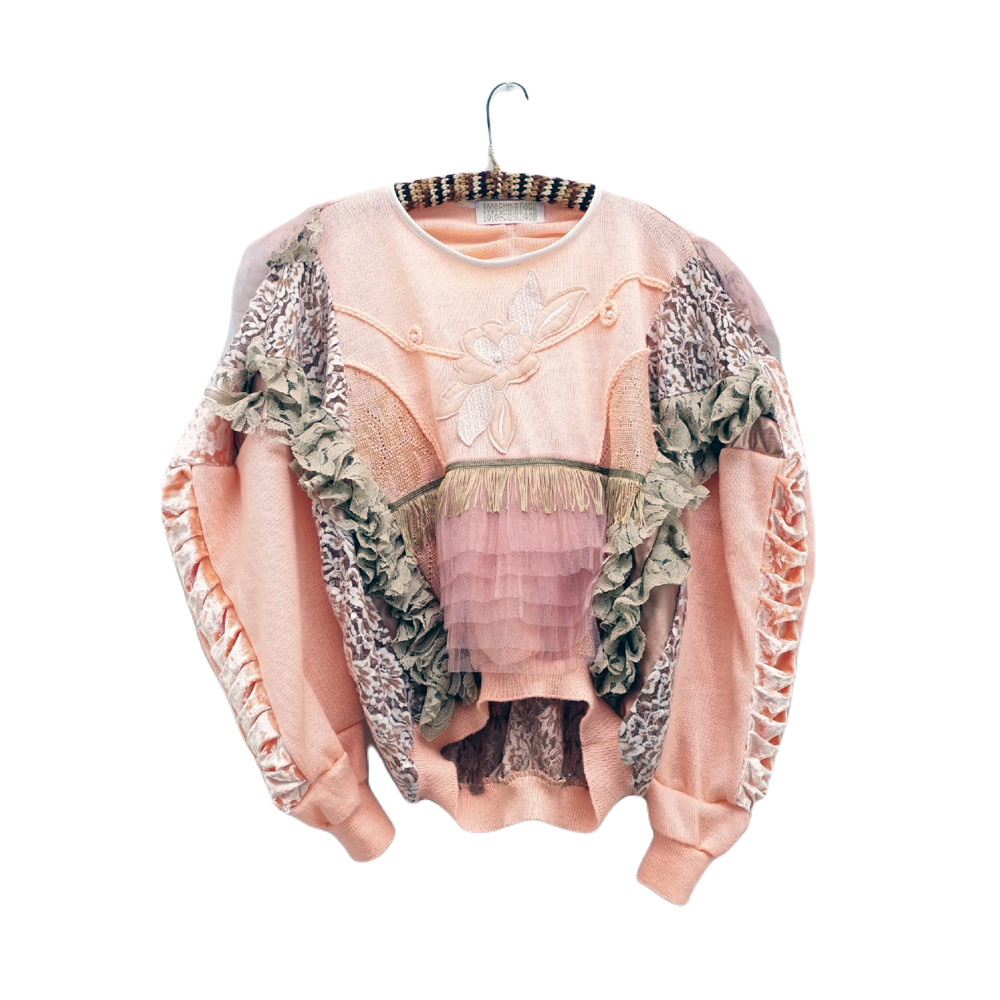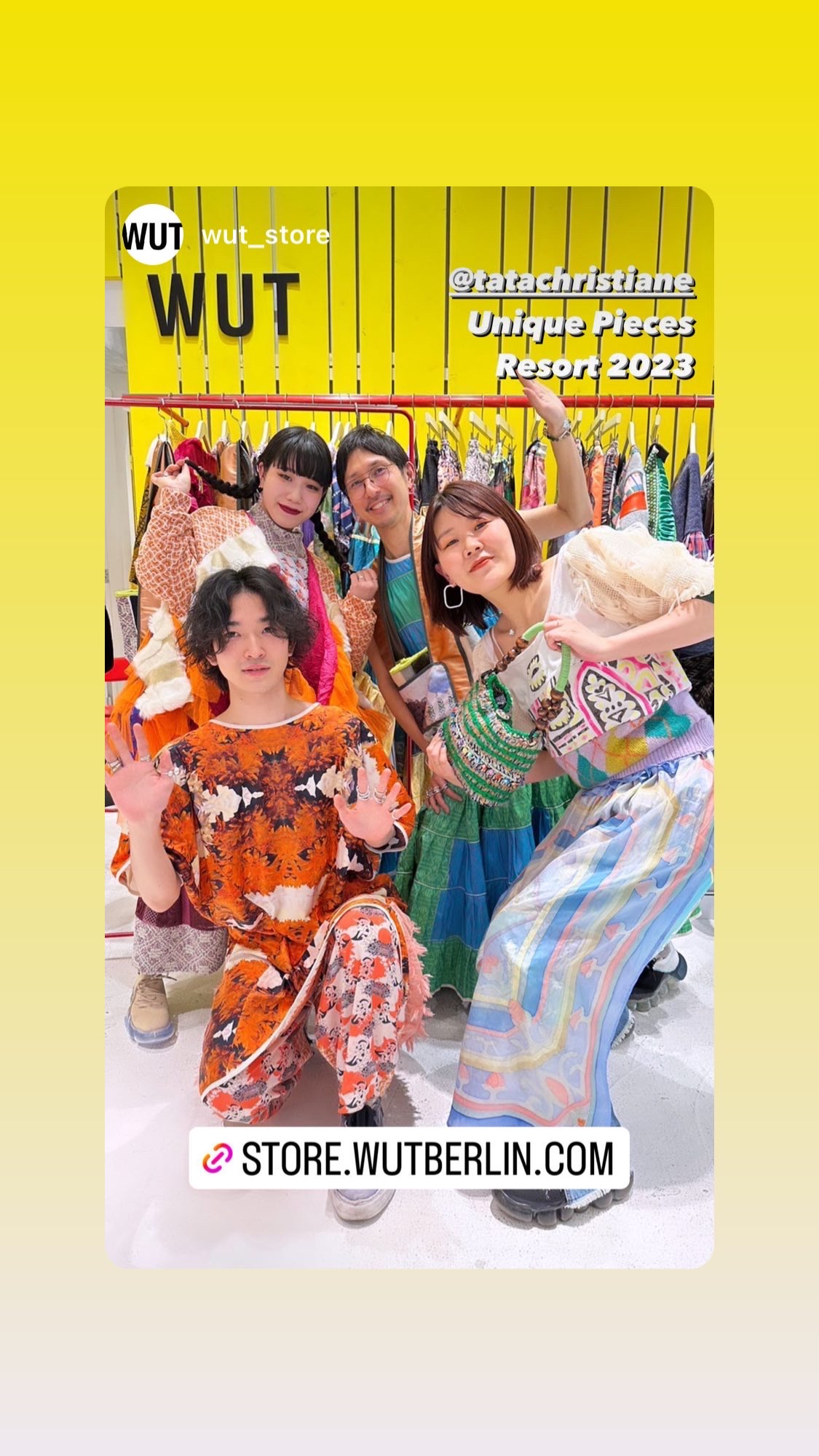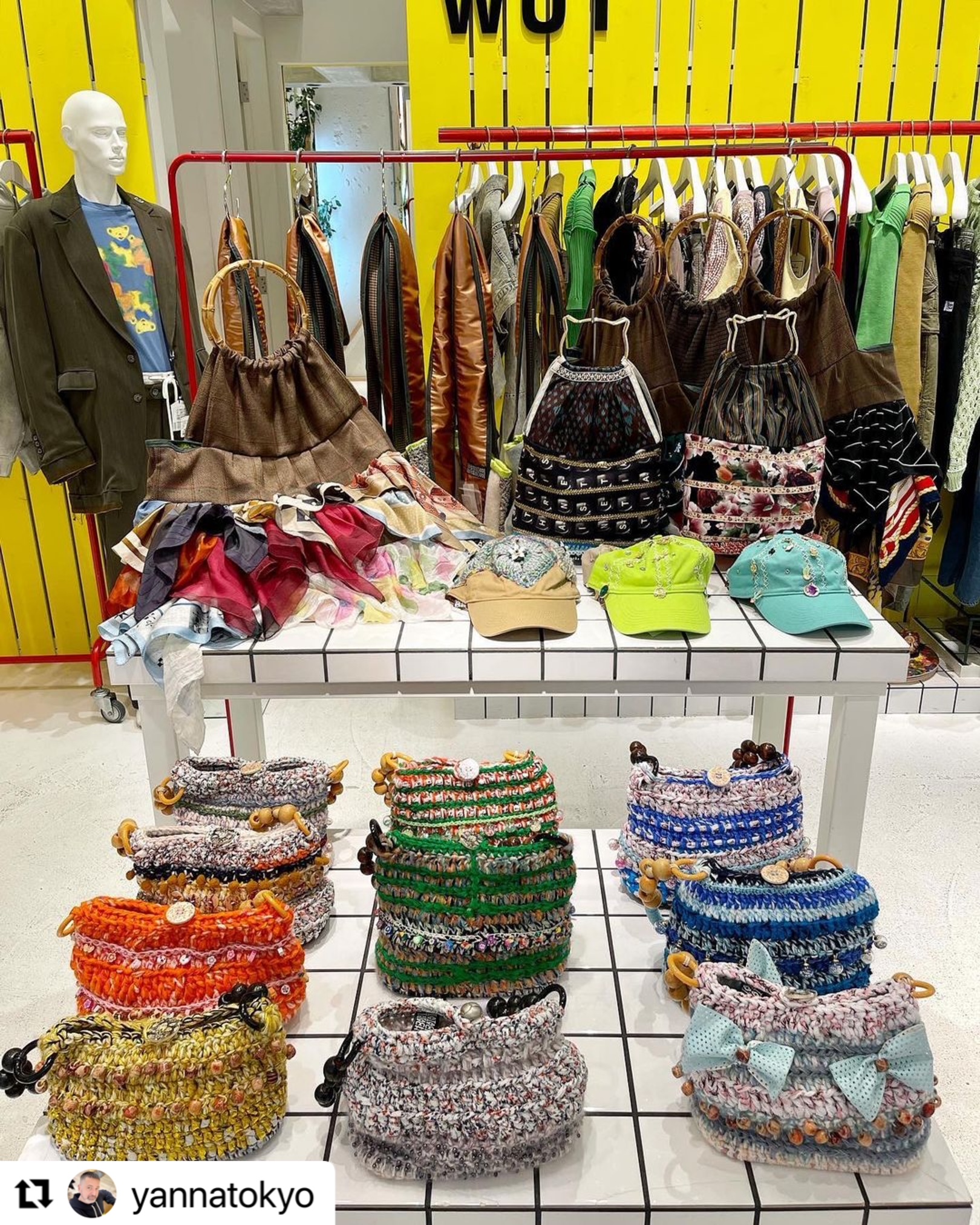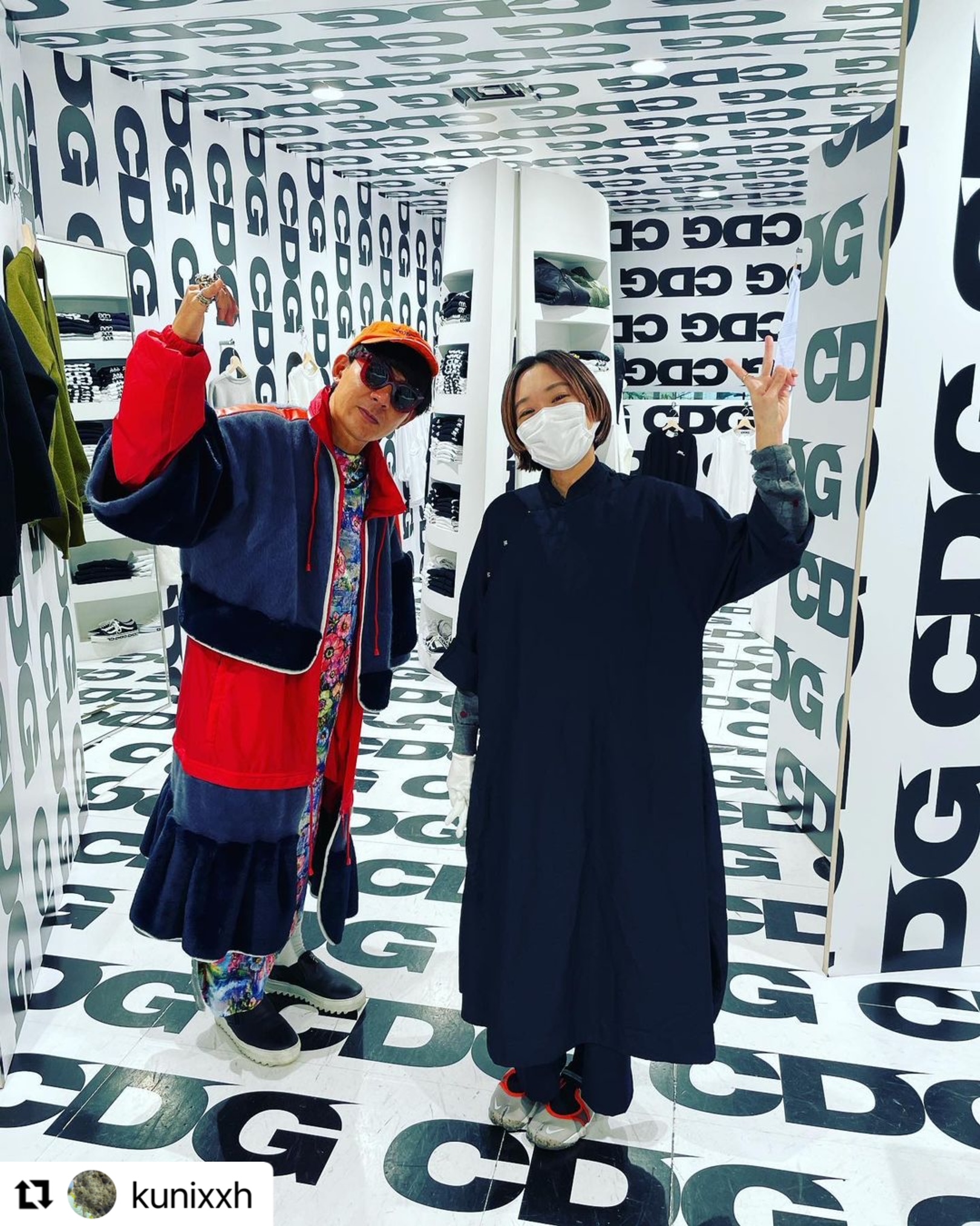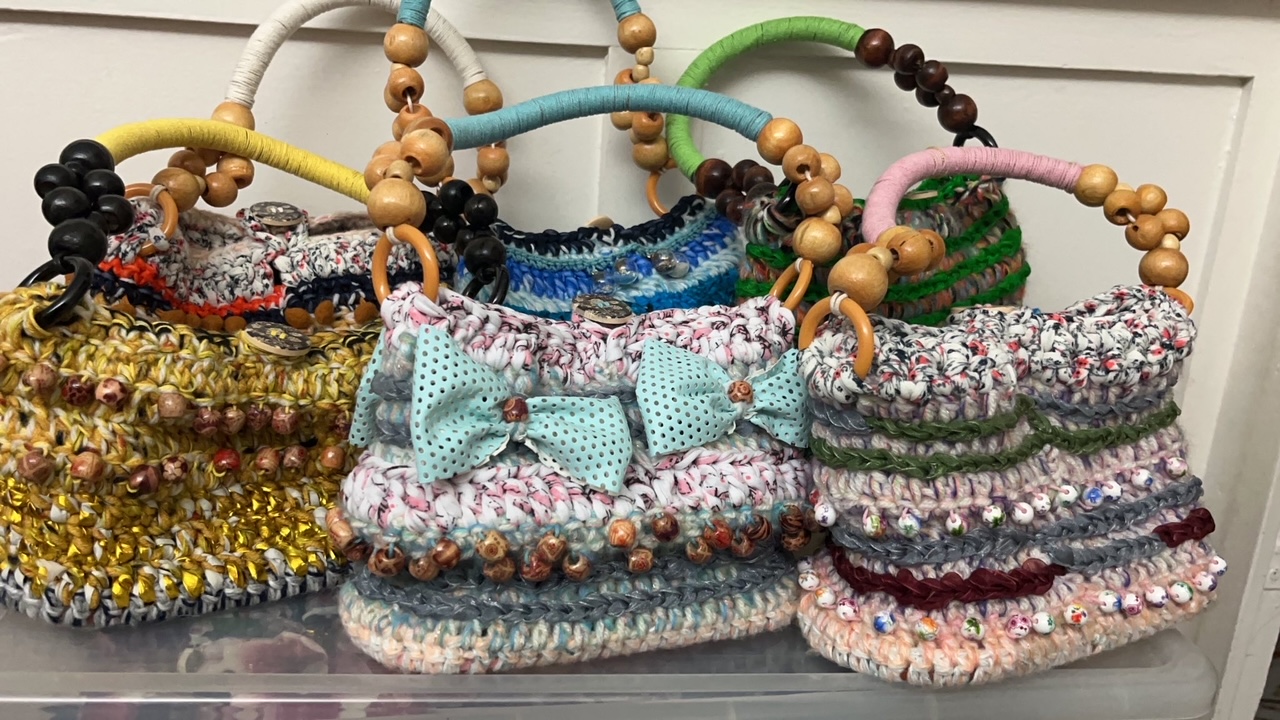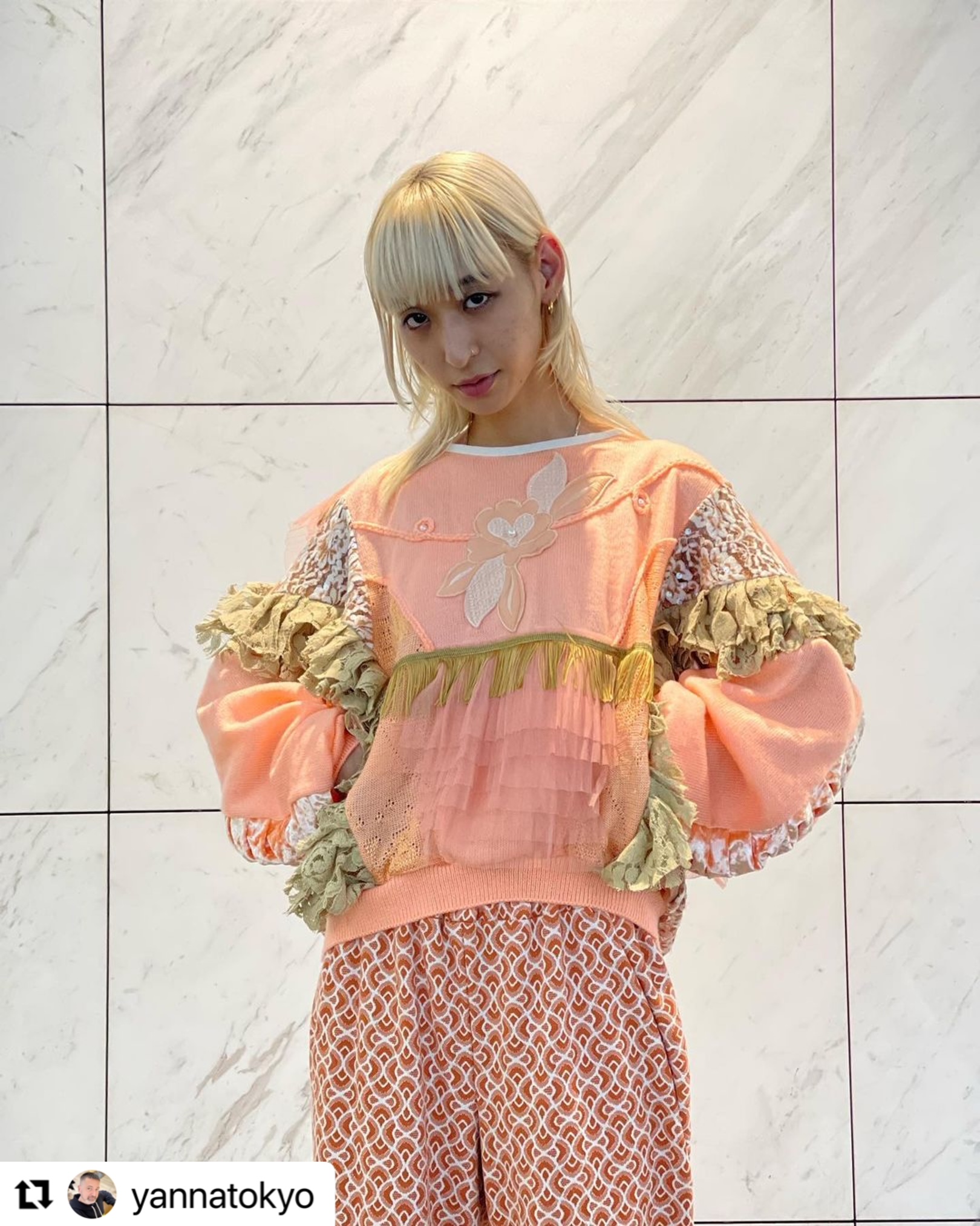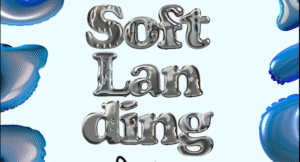
PHOTO © PETER STIGTER – FASHIONCLASH MAASTRICHT 2011
Insights and Tools for Independent Designers in Germany,
by Julie Bourgeois
Introduction
When I launched my independent fashion label, Tata Christiane, in Germany back in 2007, I became a self-employed entrepreneur at the same time. Little did I anticipate the myriad tasks beyond designing garments that awaited me.
Over time, I’ve cultivated a small network of tools and partners to help me with the administrative aspects of my label. I’ve also had the opportunity to support fashion interns in achieving their dreams of starting their own business. This made me aware of the fact that schools don’t prepare students enough for the pragmatic and administrative aspect of this profession. Aware of their curiosity, I made a point of introducing them to all the facets of the business throughout their internship – from accounting and shipping, to customs procedures and creating linesheets.
Additionally, I shared with them the various websites and companies I rely on to streamline and lighten my workload. I’ve put together a series of tools and tips drawn from my own experience, which I think will prove invaluable to budding designers starting out in the industry and lighten the admin workload.

1. Accounting
When it comes to managing tax returns, I’ve opted for a straightforward approach by working with a chartered accountant who handles my quarterly and annual declarations.
I discovered this professional through the French embassy website, specifically seeking someone fluent in both German and French. For more than a decade, our collaboration has proven crucial in ensuring that tax returns run smoothly and avoid stressful situations. Furthermore, this accountant has provided invaluable assistance during a VAT audit, highlighting the importance of having expert support.
In my experience, I can’t insist enough on the importance of using an accountant, despite the additional costs. It’s a fundamental investment for maintaining a clean and well-organized business structure.
Depending on the structure with which you will be associated for Finanzamt: freelancer, Einzelnunternehmer, etc. In addition to your Steuernummer, you need to apply for a European tax number.
As for calculating VAT, I rely on a user-friendly website that simplifies the process and provides comprehensive summaries of VAT calculations. After experimenting with several options, I found this particular platform, VATCALCUL, to be the most intuitive and visually appealing, making VAT calculations easy.

2. Exporting Goods
Exporting beyond Europe’s borders was something I had to do right at the start of my business. Understanding this process and setting it up in an optimized way was a real challenge and incredibly confusing, especially in the early days. I often felt overwhelmed to the point of tears.
I wish I had had more guidance at the time. It is my pleasure to share with you what I’ve learnt about exporting goods outside of the EU. This is not an exhaustive list, of course.
- EORI number
When you want to export goods in addition to your European tax number, you must apply for an EORI number.
An Economic Operator Registration and Identification (EORI) number is a unique identification code assigned to businesses and individuals involved in international trade within the European Union (EU) and certain other countries. It serves as a means of tracking and monitoring cross-border movements of goods, facilitating customs procedures and ensuring compliance with import and export regulations. Essentially, an EORI number helps customs authorities identify and monitor economic operators engaged in international trade transactions. Businesses typically require an EORI number to import or export goods to or from the EU and to complete customs declarations.
exporting goods valued above 1,000 euros
When exporting goods valued above 1,000 euros, initiating a declaration with the German customs service becomes imperative, often accompanied by the prospect of goods inspection within a designated two-hour window. Anticipating such examination, it’s advisable to keep packages accessible for potential inspection.
In my experience, entrusting the declaration process, known as MRN, to DB Schenker has been invaluable. Their qualified handling of the declaration on my behalf, coupled with their seamless coordination of inspection appointments has streamlined the procedure significantly. Working with DB Schenker has been really helpful, thanks to their rapid response and efficiency.
MRN (Movement Reference Number) holds utmost significance in the world of logistics, transportation, and customs. It is a unique identifier for each transaction and facilitates the tracking of goods from origin to destination. In international trade, customs authorities assign an MRN to monitor the movement of goods across borders, aiding in customs clearance and documentation. Essentially, the MRN acts as a beacon, ensuring the smooth flow of goods through the supply chain and customs procedures, while also ensuring regulatory compliance.
It’s crucial to note that the tax office may request proof of export as part of a tax audit at a later date. This means that maintaining thorough documentation related to your exports is not only essential for customs purposes but also for potential tax inquiries. Providing evidence of export, such as the MRN declaration and any associated documentation, can help substantiate your compliance with tax regulations and ensure a smooth audit process. Therefore, it’s advisable to keep all export records organized and readily accessible to address any future inquiries from the tax authority.
export goods worth less than 1,000 euros.
In the case of online shop purchases, this is particularly relevant.
For exports valued under 1,000 euros, it’s essential to include a customs invoice with the package. This invoice should provide a detailed description of the exported goods, including their composition, textile nature, category in the European Common Customs Tariff (TARIC), price, and unit weight.
The European Common Customs Tariff (TARIC) is a system employed by the European Union (EU) to classify goods for customs and trade purposes. TARIC, short for “Tarif Intégré de la Communauté” in French, or “Integrated Tariff of the Community” in English, operates as a harmonized system of customs codes. These codes, known as TARIC codes, are assigned to each product or commodity and are based on the international Harmonized System (HS) of product classification, which is globally recognized for customs and trade purposes.
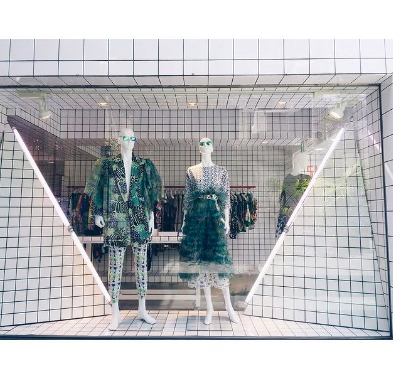
TARIC codes play a pivotal role in identifying goods and determining relevant customs duties, taxes, and other import/export measures. They are indispensable for customs authorities, importers, exporters, and other stakeholders engaged in international trade to ensure compliance with trade regulations and tariffs.
Moreover, the TARIC database undergoes continuous updates to reflect changes in customs regulations, tariff rates, and trade policies within the EU. Serving as a comprehensive reference tool, it provides crucial information on applicable duties, restrictions, and other trade-related measures for specific goods.
For assistance in consulting and finding the correct customs tariffs for your goods, you can refer to the site of European Customs Portal.
Temporary Export Declarations for International Showrooms and Fashion Events
When participating in fashion shows or attending showrooms outside of Europe, it’s imperative to anticipate and address potential customs issues in advance. This will ensure smooth transitions during departure, arrival, and return to Germany. A crucial aspect of this process involves completing a “temporary export declaration”.
A temporary export declaration serves as documentation for the temporary movement of goods from one country to another. This allows exporters to temporarily export goods without relinquishing ownership or facing certain export duties or taxes. The declaration includes comprehensive details about the exported goods, such as description, quantity, value, intended use, destination, and the duration of the temporary export. Exporters must submit this declaration to the relevant customs authorities before shipping out the goods, accompanied by supporting documents such as invoices, certificates of origin, or permits.

The temporary export declaration specifies the authorized period for temporary exportation, after which the goods must be returned to the exporting country or regularized according to customs regulations. Compliance with all applicable customs regulations and requirements is the responsibility of the exporter, including providing accurate information in the declaration and adhering to export controls.
Utilizing Schenker’s services for this declaration has proven beneficial. Typically, a visit to the customs office in Marzahn is required a few days before departure to have the document signed. Upon departure from Berlin airport, presenting the provisional export document to customs officials is necessary. Similarly, upon return, presenting both the goods and the document is required, with the possibility of suitcase retention for customs clearance purposes.
Upon arrival in the destination country for the showroom or exhibition, presenting the document is again necessary, potentially leading to customs inspection. Occasionally, minor damages may be requested, as experienced in New York, such as on the label inside the goods.
Overall, the temporary export declaration streamlines the temporary movement of goods across borders for specific purposes, facilitating exporters in fulfilling temporary needs or obligations without undergoing the full exportation process.
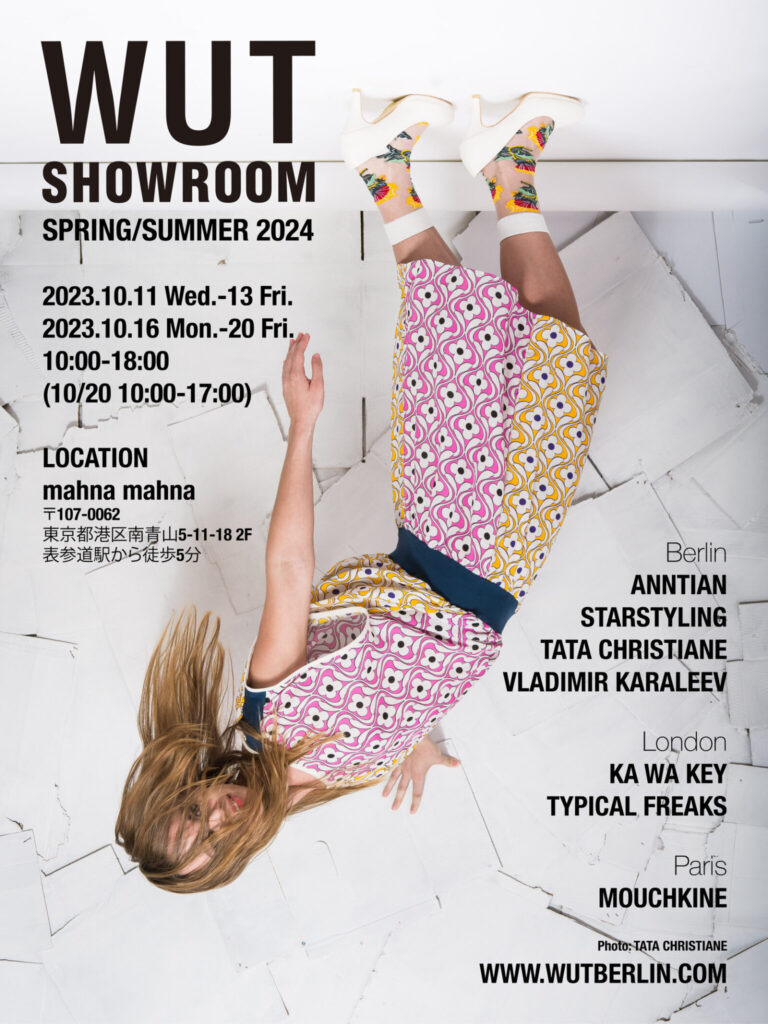
3.Protect Your Brand: The Importance of WIPO Trademark Registration for Fashion Labels
I advise you to also protect your brand. For my part, I carried out this process with the help of a specialized lawyer, which allowed me to renew my protection without stress and delay last year, for a new period of 10 years. We must therefore think about the additional budget of getting a lawyer.
One of the most effective ways to protect your fashion label’s name is through trademark registration with the World Intellectual Property Organization (WIPO).
By registering your trademark with WIPO, you gain exclusive rights to use your brand name, logo, or other distinctive symbols in connection with your fashion products. This legal protection extends internationally, providing a solid foundation for your brand’s global expansion and ensuring that competitors cannot unlawfully use or imitate your brand identity.
Moreover, WIPO trademark registration offers invaluable recourse in case of infringement, empowering you to take legal action against unauthorized use or exploitation of your brand. This proactive approach reinforces your brand’s position in the market and your commitment to maintaining the integrity of your fashion label.
WIPO trademark registration costs can fluctuate based on various factors, including the number of classes, targeted countries, and the decision to seek legal assistance. The breakdown includes filing fees for one class, with added costs for extra classes and potential examination fees. Legal assistance fees vary depending on complexity. Renewal fees, occurring every 10 years, and additional expenses for office actions or opposition proceedings also contribute to the overall cost. Estimates range from a few hundred to several thousand dollars, highlighting the importance of consulting a trademark attorney for personalized guidance.
4. The tools that simplify my daily life as a Individual entrepreneur
To streamline my daily tasks, I’ve leveraged various tools and services that simplify complex processes and save valuable time. While I’ve taught myself many skills, mastering Photoshop remains a challenge.
Instead, I rely on efficient online services for tasks like PDF editing, JPG conversion, like iLoveIMG and iLovePDF. These online platforms offer a variety of tools for editing and manipulating PDF and image files, respectively. They provide features such as merging, splitting, compressing, converting, and editing PDF files, as well as resizing, cropping, converting, and compressing image files. These platforms are widely used for simplifying document and image management tasks, offering user-friendly interfaces and efficient tools for both personal and professional use.
For background removal from photos, I use Photoroom. But I recommend lighting your garment well, and choosing a photo background that’s easy for the program to recognize and erase.
For translations, I trust Deepl’s accuracy and efficiency. The website “DeepL Translator” provides an online translation service powered by artificial intelligence. It offers translation between various languages with a focus on producing high-quality, contextually accurate translations.
For shipping logistics, I utilize Packlink Pro, which offers comprehensive shipment tracking, clear invoicing, and pre-made customs documents for exports under 1000 euros. Packlink Pro is an online platform designed to streamline and simplify shipping processes for businesses. It offers a range of services to help manage shipments, including creating and printing labels, tracking packages, and managing invoices. With Packlink Pro, businesses can access multiple carriers and shipping options in one place, compare rates, and choose the best shipping solution for their needs. The platform also provides tools for managing shipments in bulk, automating tasks, and analyzing shipping data to optimize logistics and reduce costs. Overall, Packlink Pro aims to provide businesses with an efficient and cost-effective solution for their shipping needs.
Conclusion
In conclusion, my journey as an independent designer has taught me invaluable lessons that I believe can benefit young designers starting out. Seek professional assistance for tasks like accounting and legal matters, utilize technology to streamline workflows, and prioritize protecting your brand through trademark registration. I hope by sharing my insights and tools for Independent Designers in Germany I can help aspiring designers to navigate certains aspects of workflow and make easier their life as independant entrepreneur.
Resources:
- Accounting:
- Utilizes a chartered accountant found through the French embassy website for tax returns.
- Relies on VATCALCUL, a user-friendly website for VAT calculations.
- Exporting Goods:
- Collaborates with DB Schenker for smooth customs declaration processes.
- Highlights the significance of the Movement Reference Number (MRN) in logistics and customs.
- Recommends European Customs Portal for consulting TARIC codes.
- Trademark Registration:
- Emphasizes the importance of WIPO trademark registration for brand protection.
- Advises consulting a specialized lawyer for assistance.
- Tools for Entrepreneurship:
- iLoveIMG and iLovePDF for PDF editing and JPG conversion.
- PixLr for background removal from photos.
- Deepl Translator for accurate translations.
- Packlink Pro for shipping logistics, offering shipment tracking and customs documents.

